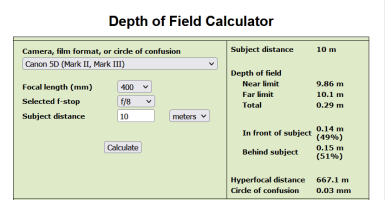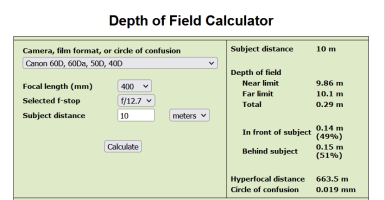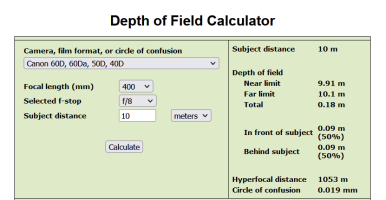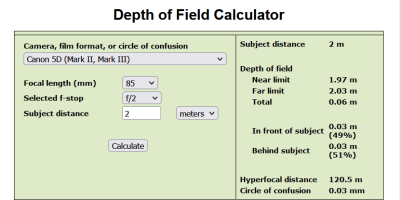I still wouldn't go quite as far as calling it "proof" as I've seen CR3s that were wrong on very very rare occasions, but I share your overall sentiment. While I won't rule it out at this point, the R7 is not a camera that I myself plan to get, but I am very interested in what it indicates we can expect in the near future for R body options. And killing off some of the more dogmatic arguments about what Canon will and won't do is an added bonus. I have never seen the logic in the argument that the R line up only needs a few premium cameras plus the R and RP to be complete. To me the gap between the M offerings and R offerings has always been a gaping wide chasm begging to be filled. While I don't necessarily believe the R7 is meant to directly threaten the M line, it does portend a future where APS-C is not just for those who want compact, miniature bodies with compact lenses. I generally consider more options a good thing.
Not the perfect analogy, but right now Canon's mirrorless offerings are kind of like Goldilocks without mama bear's bed. M might be just right for some (I've been satisfied with mine), but I wouldn't mind some alternative in between.
While CF-E is one source of heat that was not the sole reason for the R5 to overheat. There is phyisics but also there are ways to improve the heat sink. There is evidence Canon' cripple hammer was at work with R5 deliberately way under sizing the heat sink. Then they came up with R5C I was like finally a true hybrid camera from Canon, guess what? Canon' cripple hammer was at work on that too, no IBIS and the Micro HDMI. I pre-prdered the R5C right away and then came to this forum and learnt there is no IBIS and microHDMI. I cancelled my order. Bottom line Canon is yet another corporate exploiting it's market dominance to the core.
Upvote
0






